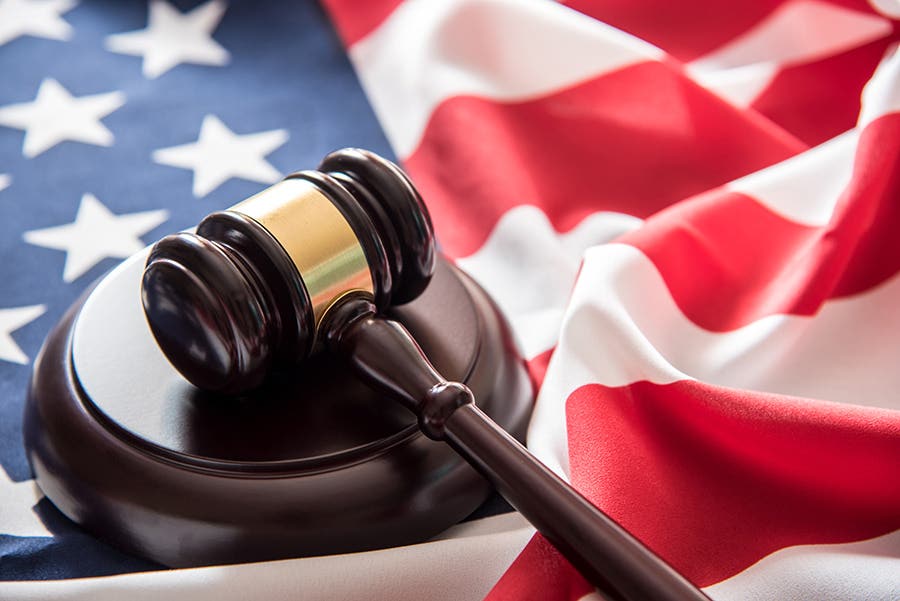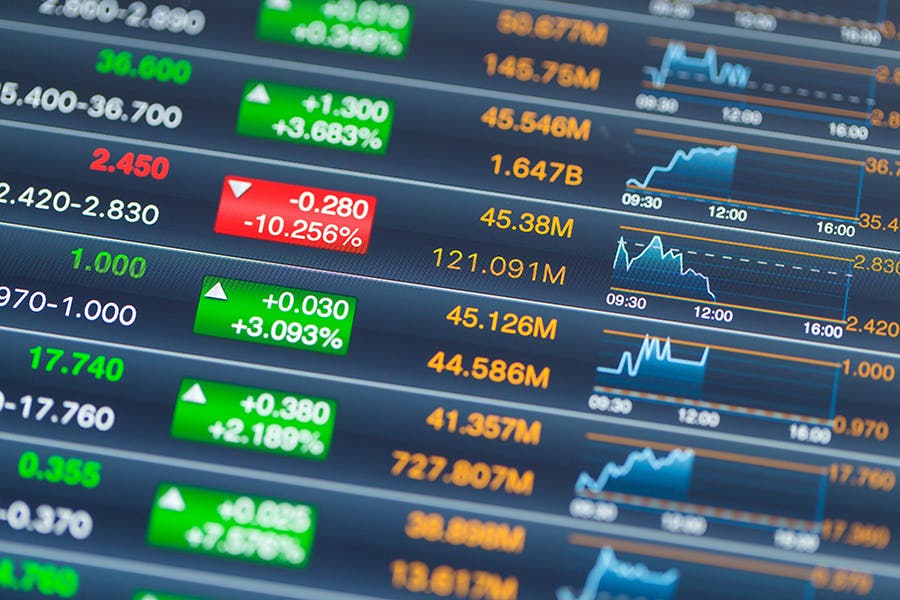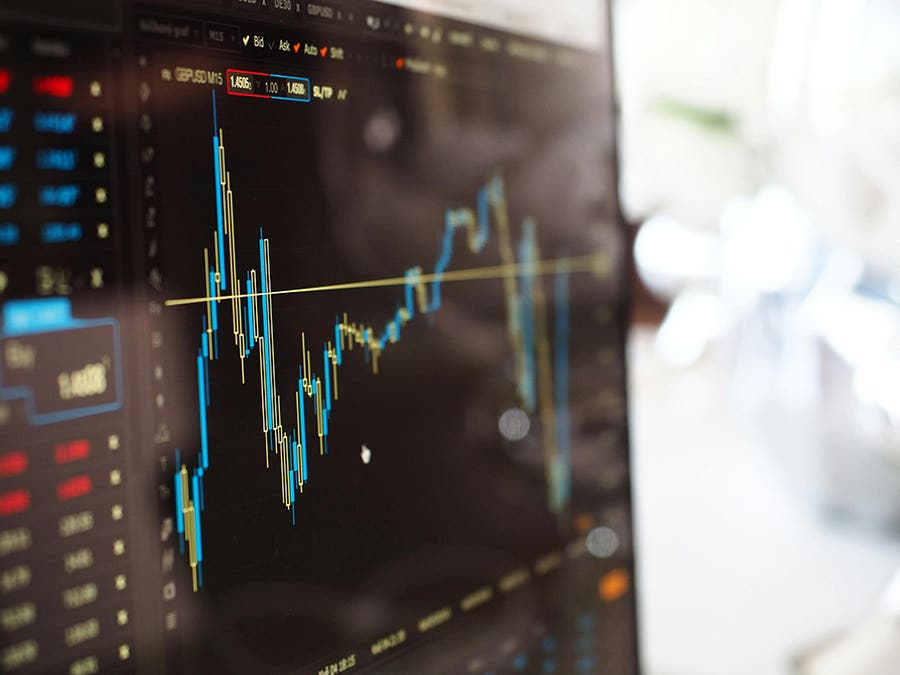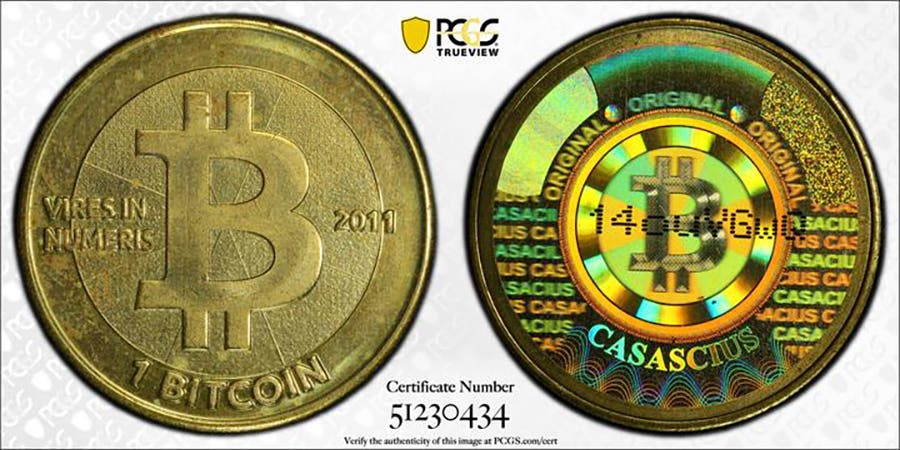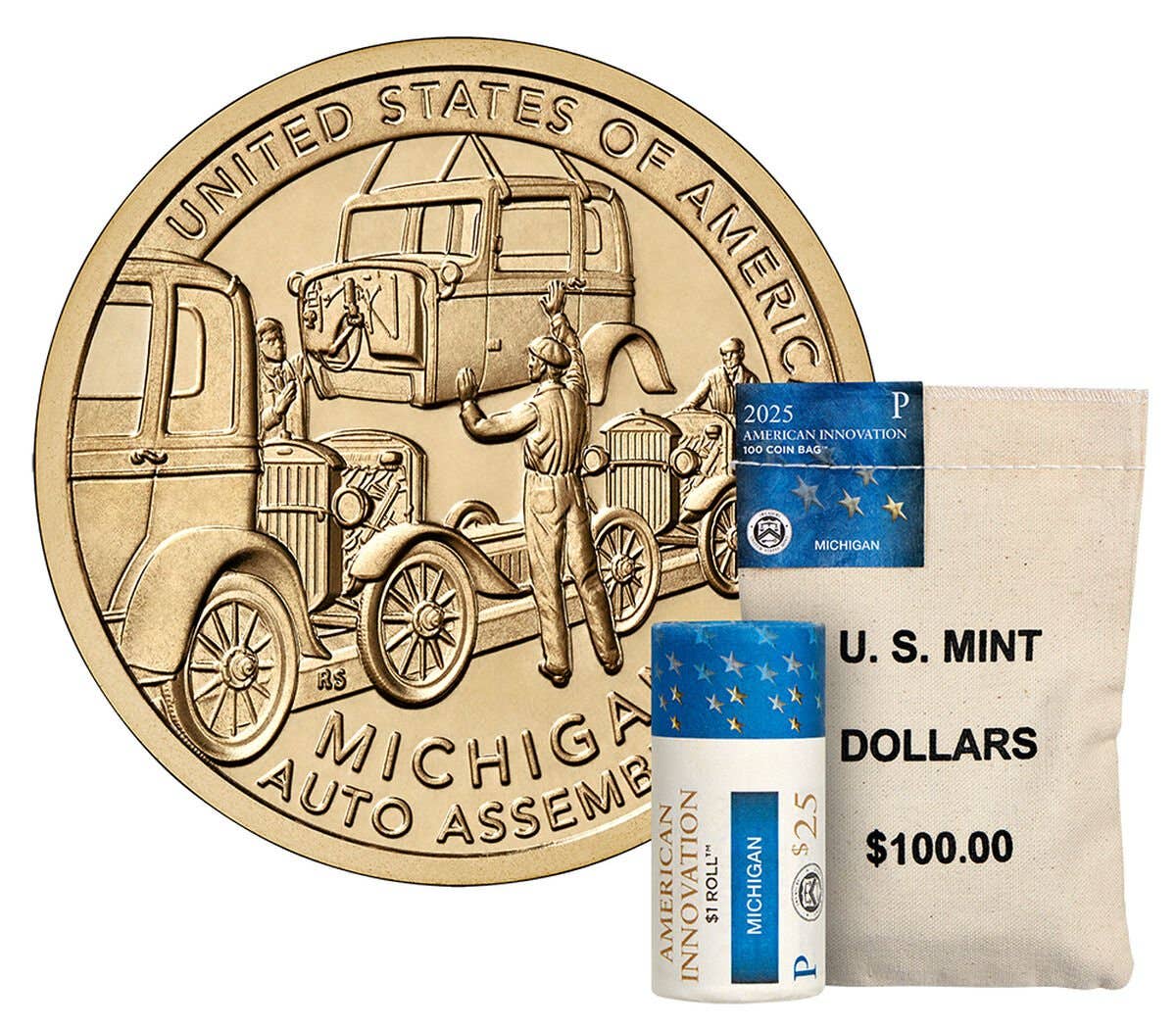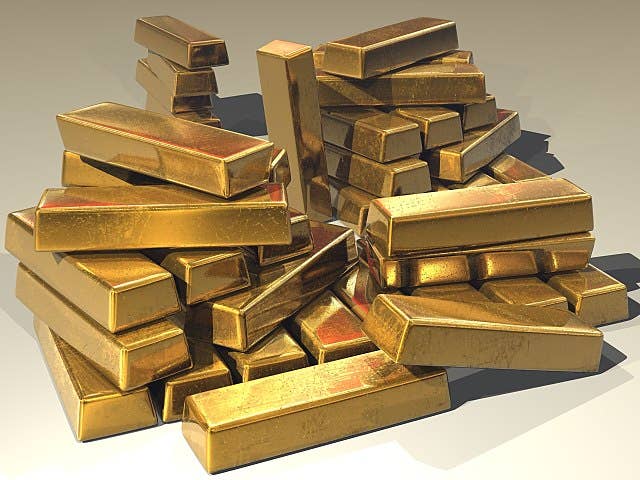How Pure Are Pure Metals?
The issue of purity of precious metals coins and bars has been big news in the past week, sparked by a report that the Perth Mint, the world’s largest mint…
The issue of purity of precious metals coins and bars has been big news in the past week, sparked by a report that the Perth Mint, the world’s largest mint operation, may have delivered one or more kilogram gold bars to its largest customer, the Shanghai Gold Exchange (SGE), that did not meet SGE specifications.
The gold bars were supposed to be at least .9999 pure gold, which would meet the specifications of the London Bullion Market Association. However, the SGE has further specifications as to how much silver and copper are allowed into the alloy. Apparently, at least one bar a few years ago was delivered that contained too much silver, though its gold purity met the .9999 fine requirement.
Australian news media were speculating that the Perth Mint might have to take back as much as $4 billion of gold bars from the SGE to melt down, re-refine, and fabricate into new bars that could be provided to the SGE with assay certificates to verify proper metal content.
On Wednesday this week, the SGE issued a statement that it was satisfied with all the gold bars in its vaults that were manufactured by the Perth Mint, meaning there would be no need for a mass melting, re-refining, and re-fabrication effort. It slammed the Australian media for trying to cast the Exchange in an unfavorable light.
Current refining technology is so precise that precious metals products can be fabricated from higher degrees of purity than in the past. Four decades ago, a gold purity of at least .999 fine was the industry standard for pure gold coins and small bars. Today most of those products are struck to .9999 purity standards. Over the past several years, many Royal Canadian Mint gold coins are marked at .99999 purity.
If a refiner creates gold that is .99999 fine and wants to create a product of .9999 gold purity, it can add trace amounts of silver and copper (which do not affect the color of the finished product) to displace a corresponding weight of more expensive gold. The industry term for this process is “doping.” The difference between the two purities in a $60,000 kilogram bar is about $5 worth of gold. That may not be important to an individual who may own one or a few of these, but to a major customer of the Perth Mint such as the SGE, it adds up. This practice of doping is acceptable for bars put in the vaults of the London Bullion Market Association, so long as the minimum gold purity standard is met.
The Perth Mint states that it revised its policies in 2021 when the problem with the one bar came up. This particular bar had supposedly been red-flagged at the Mint to not be sent to the SGE, but was shipped out. At the time, the bars shipped to the SGE did not have an individual assay report. Since then, each bar shipped to the SGE is accompanied by the assay certificate.
By the way, Both the LBMA and New York COMEX require 1,000 ounce silver bars traded on their exchanges to be at least .999 pure silver. These exchanges require that the gold bars traded on their exchanges be at least .995 pure (the LBMA trades 400 ounce bar contracts while the COMEX standard gold contract is for a 100 ounce bar). Thus, someone purchasing 100 or 400 ounces of gold in coin or smaller bar form that is struck to .999 or .9999 purity standards may actually own slightly more gold than someone who takes delivery of a bar of the same gross weight from these exchanges.
Kentucky’s bullion/coin/currency sales tax exemption effort making progress
On March 8, the Kentucky House of Representatives passed a revenue bill (HB 360) by a vote of 76-17. This lengthy bill contains a sales tax exemption on the retail sales of precious metals bullion, coins, and currency. It now goes to the Senate for action. The final day for legislative action on new bills this year is March 16, so the fate of this bill should be known within the next few weeks. I’ve been told that both chambers have already met to agree on the details of the bill, but it can and does happen that glitches sometimes arise. Keep your fingers crossed.
Patrick A. Heller was honored as a 2019 FUN Numismatic Ambassador. He is also the recipient of the American Numismatic Association 2018 Glenn Smedley Memorial Service Award, 2017 Exemplary Service Award, 2012 Harry Forman National Dealer of the Year Award, and 2008 Presidential Award. Over the years, he has also been honored by the Numismatic Literary Guild (including in 2021 for Best Investment Newsletter), Professional Numismatists Guild, Industry Council for Tangible Assets, and the Michigan State Numismatic Society. He is the communications officer of Liberty Coin Service in Lansing, Michigan and writes Liberty’s Outlook, a monthly newsletter on rare coins and precious metals subjects. Past newsletter issues can be viewed at http://www.libertycoinservice.com. Some of his radio commentaries titled “Things You ‘Know’ That Just Aren’t So, And Important News You Need To Know” can be heard at 8:45 AM Wednesday and Friday mornings on 1320-AM WILS in Lansing (which streams live and becomes part of the audio archives posted at http://www.1320wils.com).



